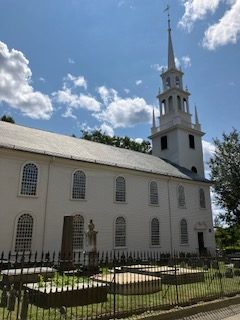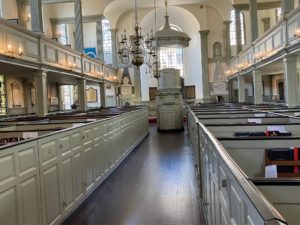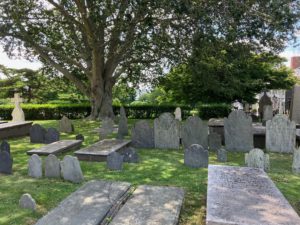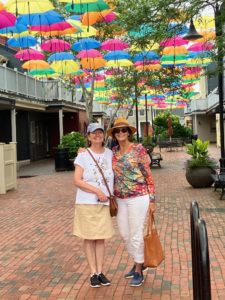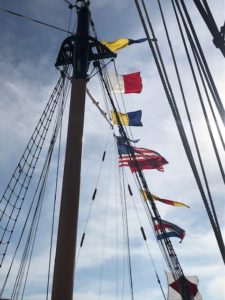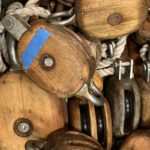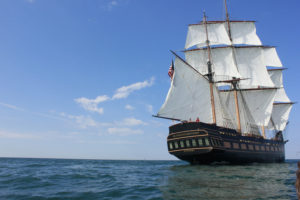 The wildfires in southern California blazed out of control fanned by ferocious Santa Ana winds that often hit 80 mph over extremely dry terrain. Embers the size of your fist blew for long distances further igniting the inferno. On January 7, 2025, the decimation of Pacific Palisades and Altadena (Eaton Fire) started and quicky decimated more than 15,000 structures and scorched 40,000 acres. It is the worst natural disaster in California’s history.
The wildfires in southern California blazed out of control fanned by ferocious Santa Ana winds that often hit 80 mph over extremely dry terrain. Embers the size of your fist blew for long distances further igniting the inferno. On January 7, 2025, the decimation of Pacific Palisades and Altadena (Eaton Fire) started and quicky decimated more than 15,000 structures and scorched 40,000 acres. It is the worst natural disaster in California’s history.
This is an example of nature not being wondrous but horribly destructive. Many of my friends lost everything in these fires and are grateful to have escaped with their lives and their pets.
Firefighters and the National Guards worked 12-hour shifts. The Rose Bowl was quickly converted in a staging area for the Eaton fire and housed 4,000 first responders. Massive trailers and tents provided sleeping quarters, shower facilities, a laundry, a medical facility and physical therapy trailer. Two kitchens served thousands of meals a day.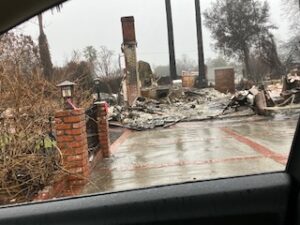
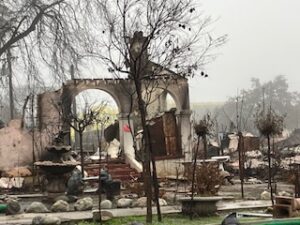
And yet, while the fires blazed and with thousands of families displaced, Los Angeles responded with a amazing generosity showing community spirit and strength.
Friends and family took in those displaced. Air BnB, Hilton and other hotels offered free housing to fire victims. Animal shelters and stables were opened for pets, horses and other displaced animals. Laundromats offered firefighters free services. Restaurants and coffee shops served free food to those who lost their homes. The L.A. Pizza alliance formed in Chinatown to deliver thousands of pizzas to first responders, displaced individuals and volunteer workers. Bookstores opened their doors for coffee and a safe place for people to gather and share their stories.
Countless local non-profits organized donation centers and were over-whelmed with donations of clothing, blankets, supplies, pet food and water.
People and corporations from around the world donated to thousands of recipients such as United Way, Red Cross, Salvation Army and Habitat for Humanity and go fund me accounts.
Even as we grieve, this generosity fosters hope and strength as we navigate the long road ahead to recovery. This spirit of community, supporting people who lost so much, is a demonstration of humanity’s best.



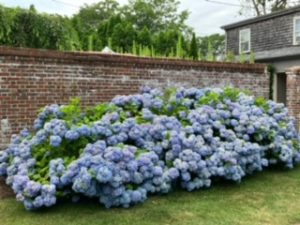
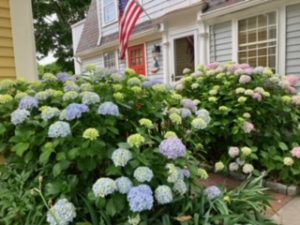 For years, I tried to grow hydrangeas in my front yard, but the sun and weather in Glendale were not conducive to them so I finally gave up. When I came to Rhode Island this summer, I was amazed by how many blossoming hydrangeas bushes were everywhere. This year due to mild spring weather with no late frost, the bushes are loaded with colorful blooms at literally every third to fourth house block. It’s hydrangea heaven!
For years, I tried to grow hydrangeas in my front yard, but the sun and weather in Glendale were not conducive to them so I finally gave up. When I came to Rhode Island this summer, I was amazed by how many blossoming hydrangeas bushes were everywhere. This year due to mild spring weather with no late frost, the bushes are loaded with colorful blooms at literally every third to fourth house block. It’s hydrangea heaven!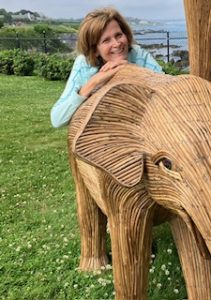
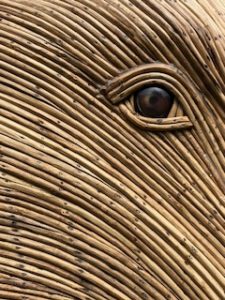
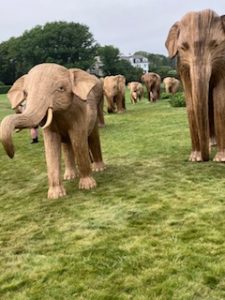
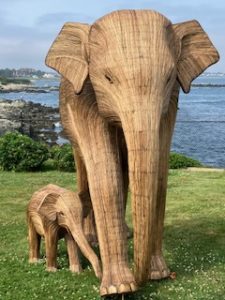
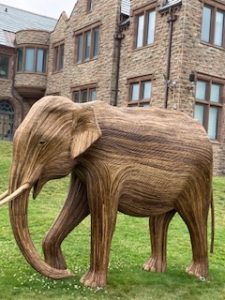
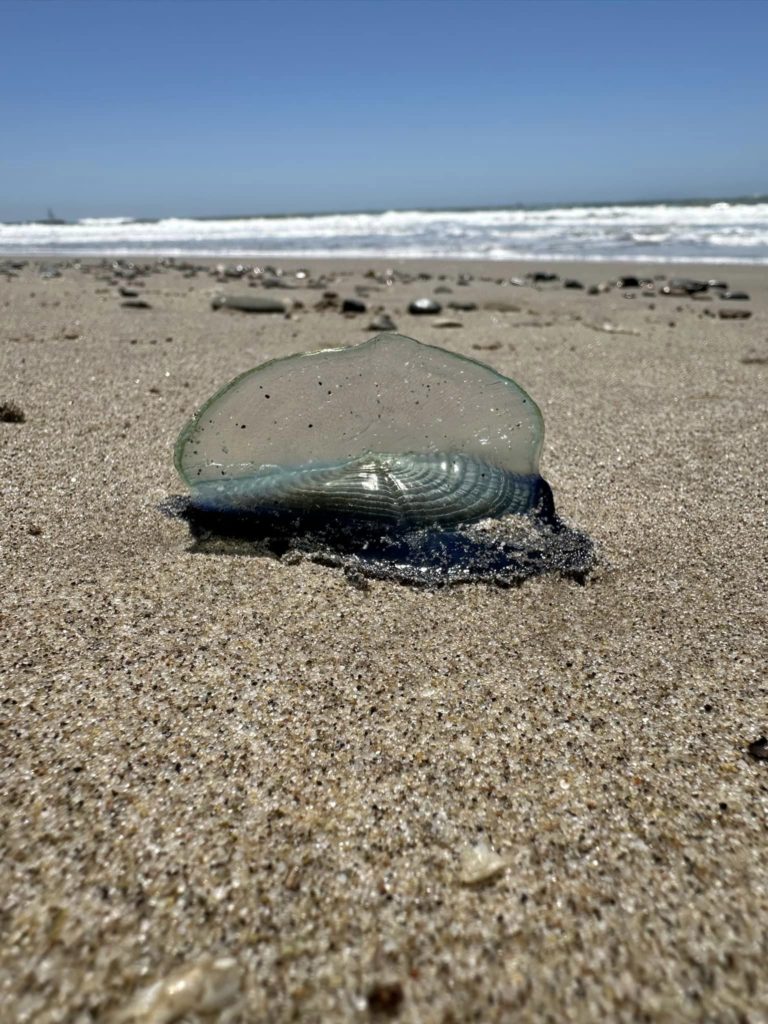
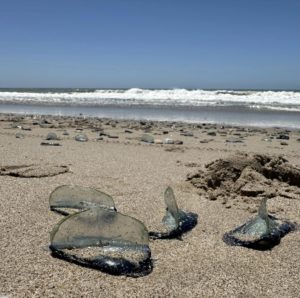
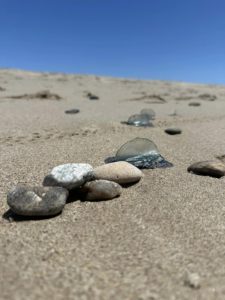 If you’re lucky enough to see washed up colonies, look but don’t touch and keep pets away too. Velella feed by stinging plankton with barb-tipped cells contained within their tentacles. The venom is considered harmless to human beings, but beachcombers are cautioned not to touch any jelly-like animals found on shore, as some may react more strongly to the venom than others.
If you’re lucky enough to see washed up colonies, look but don’t touch and keep pets away too. Velella feed by stinging plankton with barb-tipped cells contained within their tentacles. The venom is considered harmless to human beings, but beachcombers are cautioned not to touch any jelly-like animals found on shore, as some may react more strongly to the venom than others.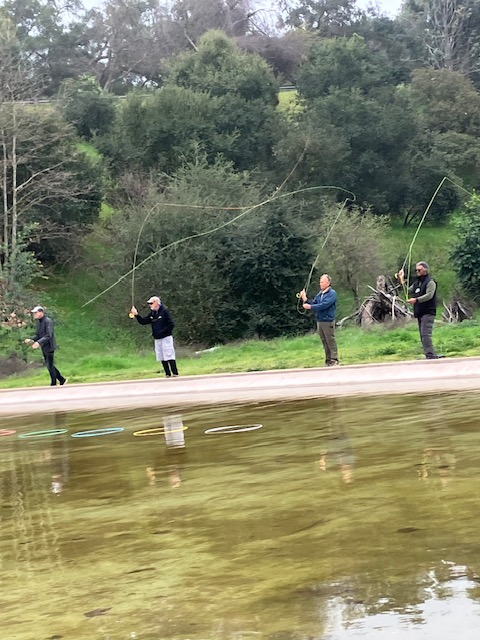
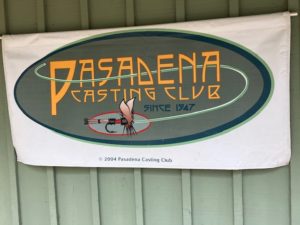
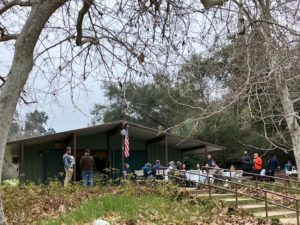
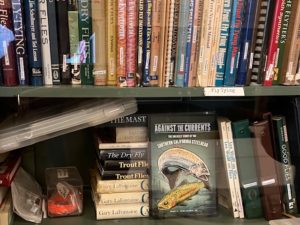
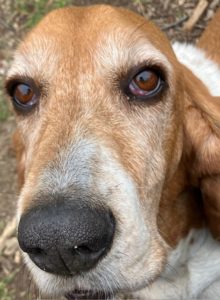
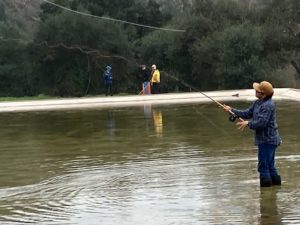
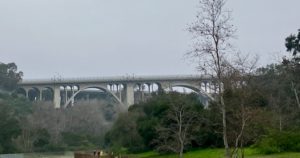


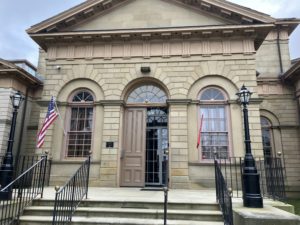
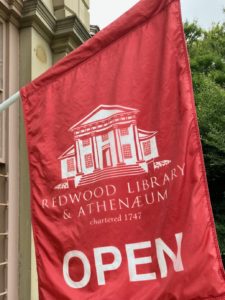 Trinity Church was completed in 1726 and has been beautifully restored. This Episcopalian church has box pews of various shapes and sizes. I’ve never seen this setup before but learned they originally were built to keep parishioners warm during the winter before the building was heated. Duby and I sit in box 99 which is where his grandmother and parents once sat. A striking feature is the triple-tiered chalice-shaped pulpit that soars in front of the altar. The church is surrounded by a cemetery; some of the gravestones go back 300 years.
Trinity Church was completed in 1726 and has been beautifully restored. This Episcopalian church has box pews of various shapes and sizes. I’ve never seen this setup before but learned they originally were built to keep parishioners warm during the winter before the building was heated. Duby and I sit in box 99 which is where his grandmother and parents once sat. A striking feature is the triple-tiered chalice-shaped pulpit that soars in front of the altar. The church is surrounded by a cemetery; some of the gravestones go back 300 years.